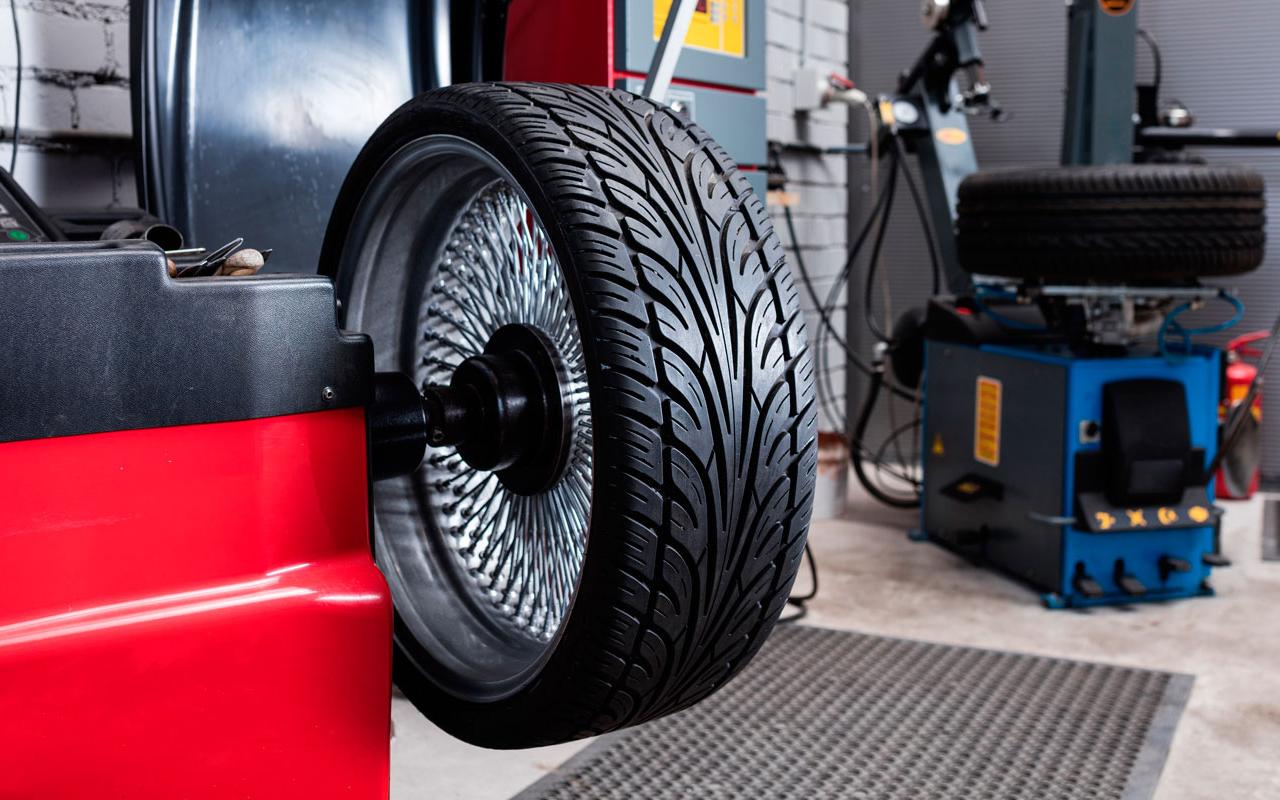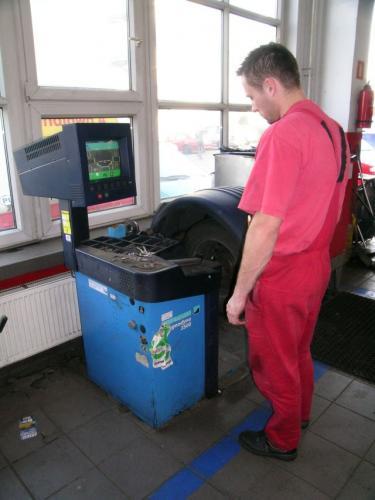
Wheel balancing
 Periodic wheel balancing is usually performed only on the occasion of a seasonal tire change. Meanwhile, it prevents damage to the suspension and reduces driving comfort.
Periodic wheel balancing is usually performed only on the occasion of a seasonal tire change. Meanwhile, it prevents damage to the suspension and reduces driving comfort.
Periodic wheel balancing is unnecessary for most drivers and is only done during seasonal tire changes. However, few realize that this can damage the suspension and reduce driving comfort.
For several years now, most of us have been using winter tires, and if we do not have two sets of wheels, but only tires, we are forced to balance the wheels at least twice a year. On the other hand, drivers with two sets of wheels balance the wheels only when new tires are installed, believing that balancing them during operation is a waste of time and a waste of money. 
However, they are very mistaken, because you need to balance the wheels every 10 thousand. km. Some repair shops have special tools to help you make sure your wheels need to be balanced frequently. This device consists of a metal disk with holes drilled around the perimeter into which weights are inserted. If the device is balanced (the weights are in the correct places), it is easy to hold the disk in one hand while rotating, and if you move a small weight to another place, i.e. lead to imbalance, we are not able to keep it even with two hands. This experience should convince everyone of the importance of wheel balancing.
Due to centrifugal force, this mass increases even to several kilograms during movement, with an imbalance of only a few grams. This is additional and completely unnecessary weight, which leads to faster wear of tires, suspension, steering and bearings.
Wheel balancing is a simple task, but on the other hand it is very easy to make a mistake. When it comes time for a seasonal change, tire shops are overwhelmed and sometimes the quality of service deteriorates. If we have two sets of wheels, it is better to balance them in advance. It will be cheaper and more accurate.
For proper balancing, the wheel must first be washed and dirt removed.
A large number of weights on the rim indicates a large imbalance of the tire and rim. But you can reduce their number. It is enough to move the tire relative to the rim and apply the heaviest point of the rim to the same point on the tire. Then the masses cancel each other out instead of adding up. Thus, the number of weights can be reduced by up to half. Unfortunately, probably not a single service performs such balancing voluntarily, and most approach such an operation even with reluctance.
The last step is the tightening of the wheels, which can also be errors. The first is the tightening method. The wheel should be tightened "crosswise", that is, diagonally, and gradually, at first slightly, and then with the appropriate effort. And here's another error. The correct torque is interpreted in different ways, and usually the wheels are over-tightened just in case. Extension cords are put on the keys, or the wheels are tightened with pneumatic wrenches with maximum effort. And then, if the driver has to change the wheel on the road, he has big problems using the factory tool kit. Also, tightening the wheels too tight can damage the rim or break the bolts while driving. The wheel should be tightened with a torque wrench (about 10-12 kgm). Only with such a tool can we control the tightening force.

